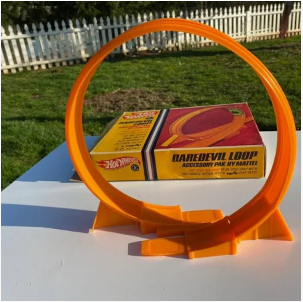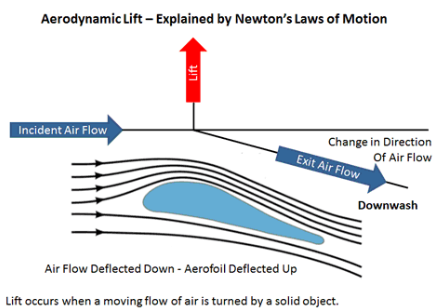Stupid Physics Question for Sci-Fi fans
-
I'm reading "On the Steel Breeze" by Alastair Reynolds. I've evangelized Reynolds' work before. It's hard, hard, Sci-fi. Reynolds is a retired astrophysicist who left his profession to become a novelist.
His novels are based 100% on known physics, though he admits the possibility of rapid(ish) evolution of humans and other species.
However, there are some very hard "Nopes" in his writings. One of these is the impossibility of faster-than-light travel. He acknowledges that this is the ultimate speed limit in the universe. To get around this conundrum, he writes about travel at relativistic speeds - 1% to 15% of the speed of light.
In this novel there are "generation ships" - designed to take a large population from one planet to another very (relatively) quickly - about 10% of c. "Gravity" on these vessels is achieved by rotation of the vessel, utilizing centrifugal (centripetal?) force to simulate gravity.
One of the character has an aircraft - a Cessna 172 - that she flies within the ship.
So...if gravity is only experienced by those who are subject to the rotational force of the vessel, is there any way in which an "airplane" could "fly" in such an environment? Once the craft leaves the (inner) surface of the craft, it's no longer experiencing centrifugal force, so wouldn't it just "float" there?
-
The thrust is coming from the prop.
The control is from the controls moving through the relative wind.
The operation would be somewhat different in terms of control manipulation.
But my first thought is that you could do it. Slowing down might take a while.
-
OK, I get thrust.
But lift? If there's no gravity once you leave the surface, you're screwed. There's no "gravity."
@George-K said in Stupid Physics Question for Sci-Fi fans:
OK, I get thrust.
But lift? If there's no gravity once you leave the surface, you're screwed. There's no "gravity."
Yes, that's why I said slowing would be a consideration.
You could fly around in space and control it, although it might be kind of touchy without gravity assist.
Once you got going you could just turn off the engine, because there is very little friction and you would just float around, with loose controls.
If you had that daredevil loop, you might be able to use it to reconnect to gravity gradually.
-
To re-iterate my question...
Your prop-driven aircraft is sitting on the inner surface of a cylinder which is rotating to simulate gravity.
You increase the throttle allowing the plane to achieve enough velocity to lift the craft off the inner surface. Then, all of a sudden, there's no gravity.
What happens?
I assume you continue to move in the direction of thrust. But, what about control surfaces? Do they do anything at all?
-
I think a plane would be difficult to control. I’m imagining an airship catapult instead that flung a simple vehicle with propellers on every side into the atmosphere with velocity that exactly counteracts the ship spin. Then you’re free to float safely and slowly wherever you want to go. I guess you could just start at the very center of the spinning axis and you wouldn’t need a catapult.



